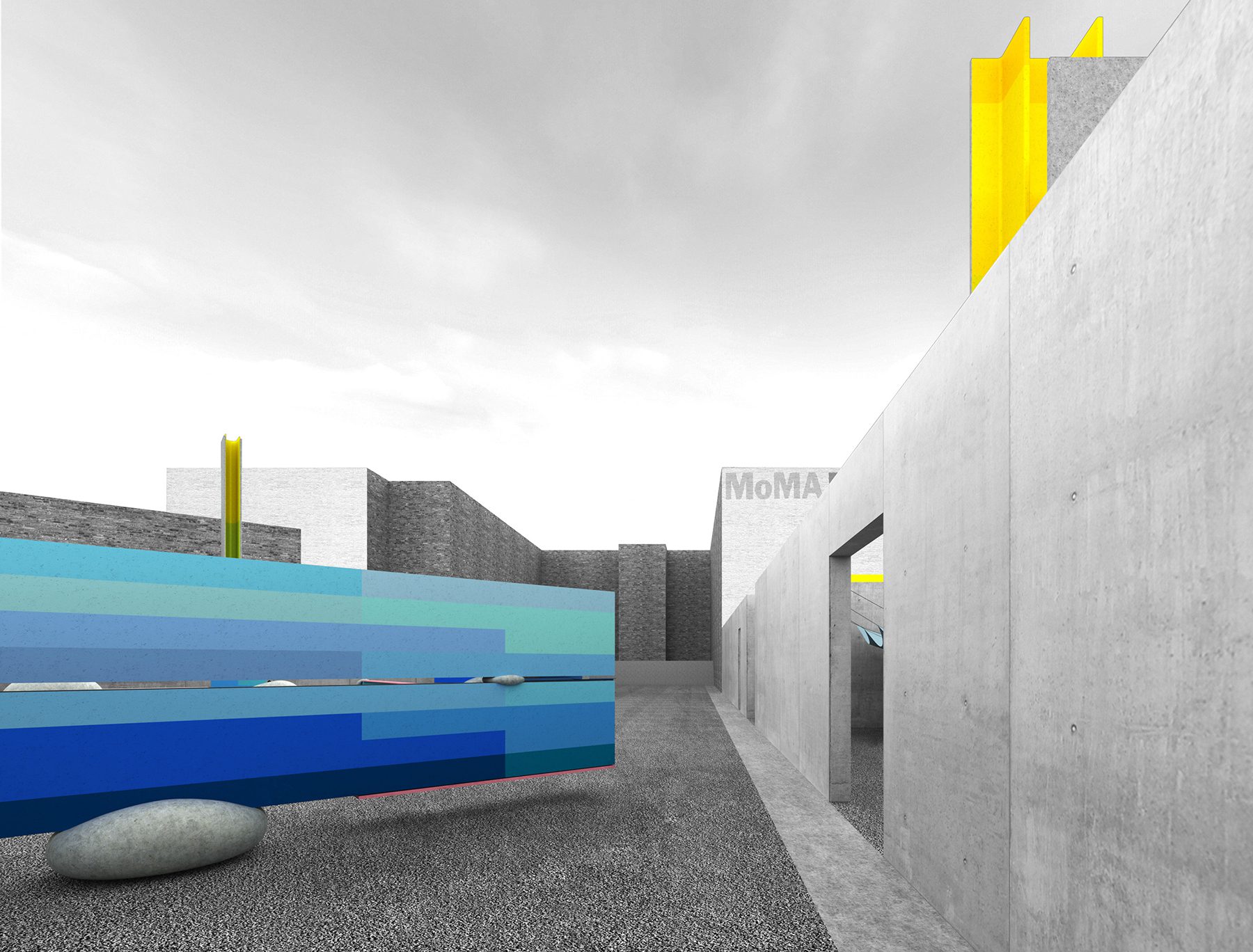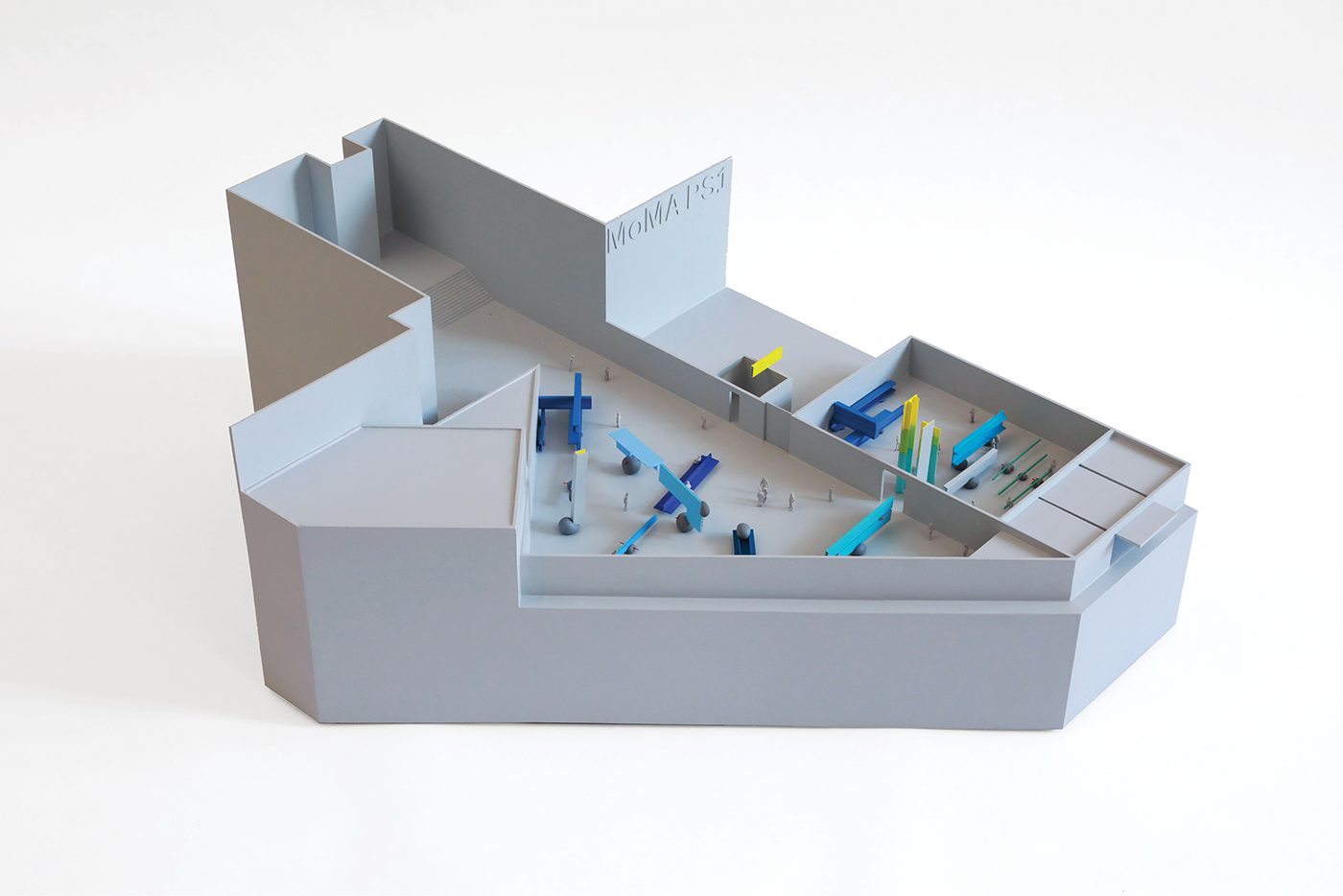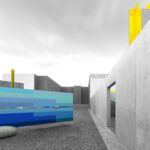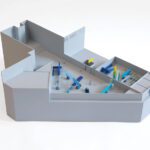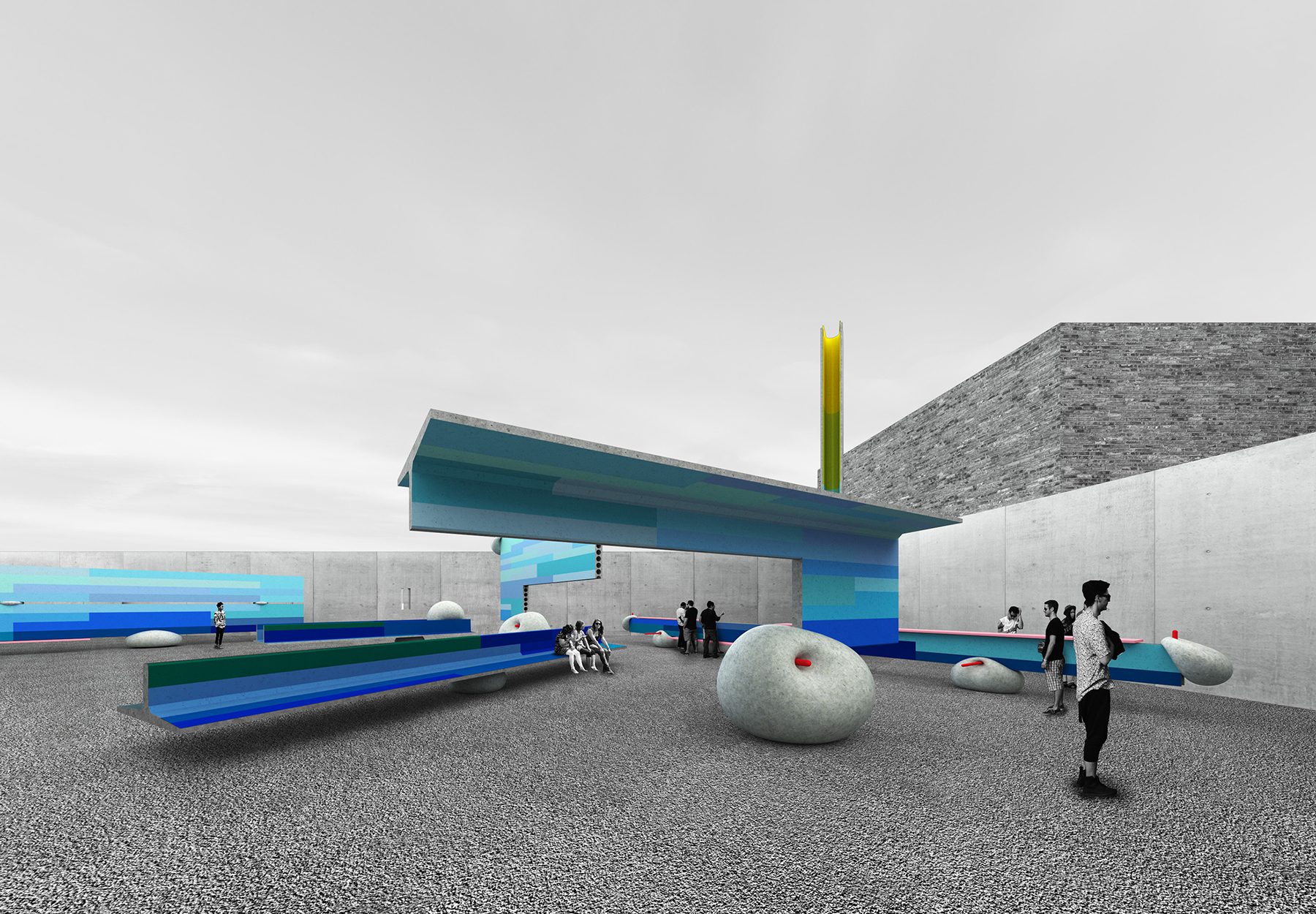
Cannibal’s Bath
Published:
01/01/2019
In the spring of 2019, Mayor de Blasio declares New York City a closed loop—no new materials in and no materials out. New York City will no longer landfill its architectural turnover. It must cannibalize itself. But the well-intentioned policy re-introduces some ancient problems to the contemporary city. As the last crane collapses, the city is faced with the daunting task of moving massive architectural elements without the aid of mechanical equipment.
Following the great flood of 2019, Cannibal’s Bath immerses the city in a floating playground of building components. In this neutral buoyancy state; stubborn masses transform into colossal toys. Each calibrated to come to life with the meager touch of a human. The once single-purpose elements are re-deployed to continually transform the space for the needs of the moment. Imagine an architecture that defies stasis, that begs change, and elicits the emotion of floating in a bath of architectural elements.
Faculty:
Wesley McGee





